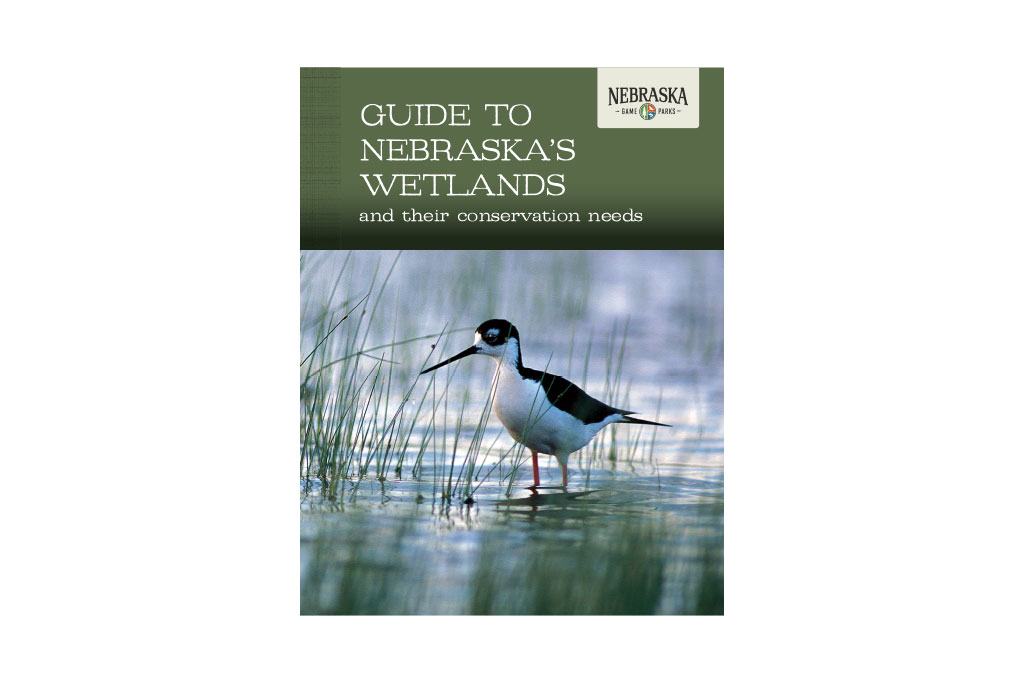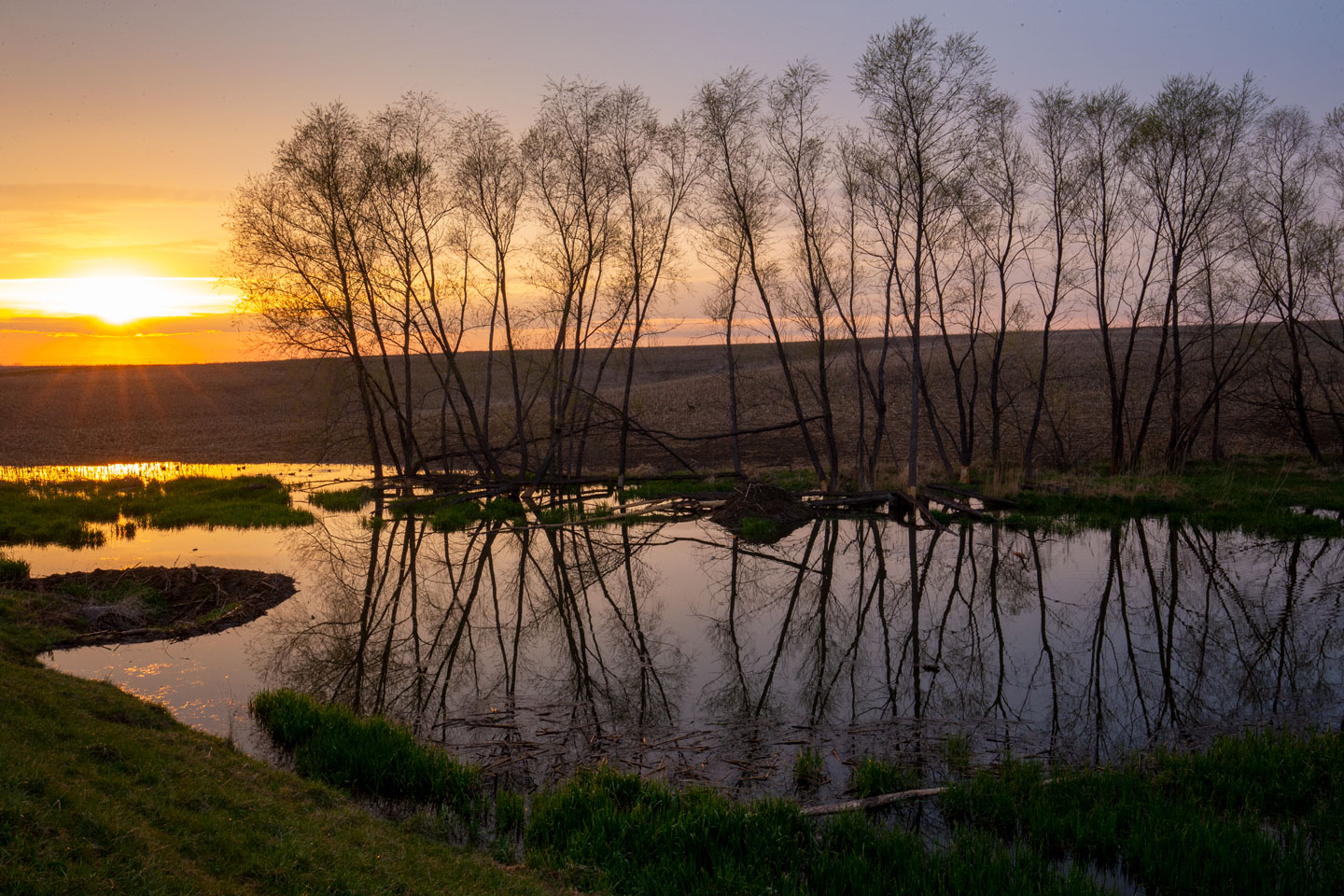Wetland types

The Nebraska Game and Parks Commission has partnered with Platte Basin Timelapse to develop wetlands resources that showcase the importance and dynamics of Nebraska’s wetlands and take an in-depth look at Nebraska’s regional wetland complexes.
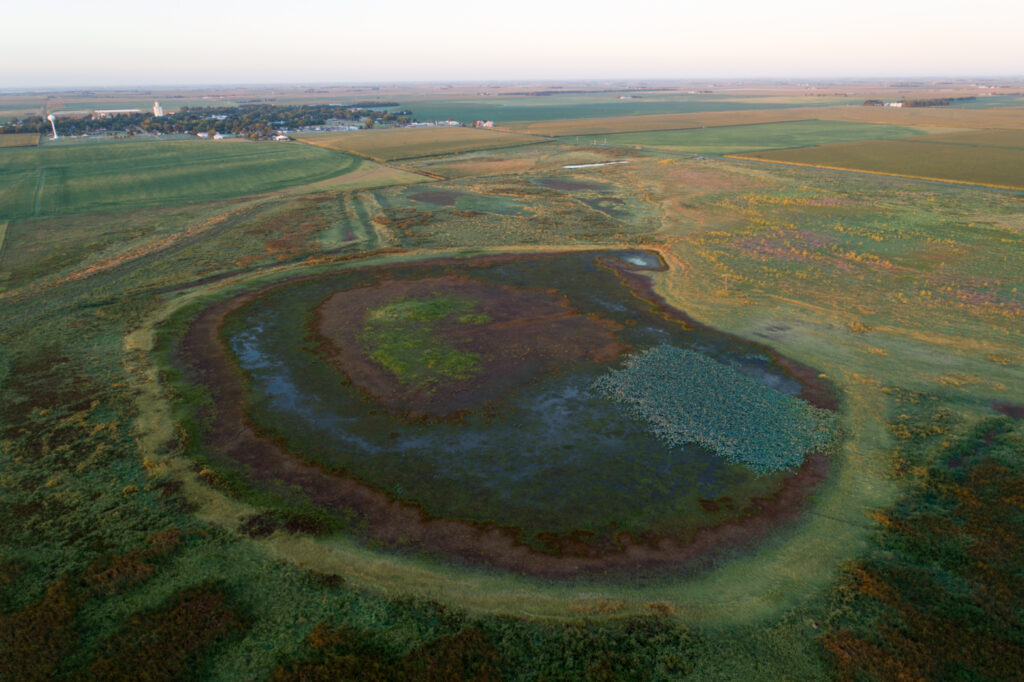
Playa wetlands
Across Nebraska, several areas are home to scattered playa wetlands — mostly circular, rain-filled basins. These wetlands provide important benefits to wildlife, attracting different species at different times of year, while also supporting people, improving water quality and minimizing flooding. Several of these systems are listed as areas of greatest continental significance, which means they are vital to migrating waterfowl and shorebirds and threatened or endangered species.
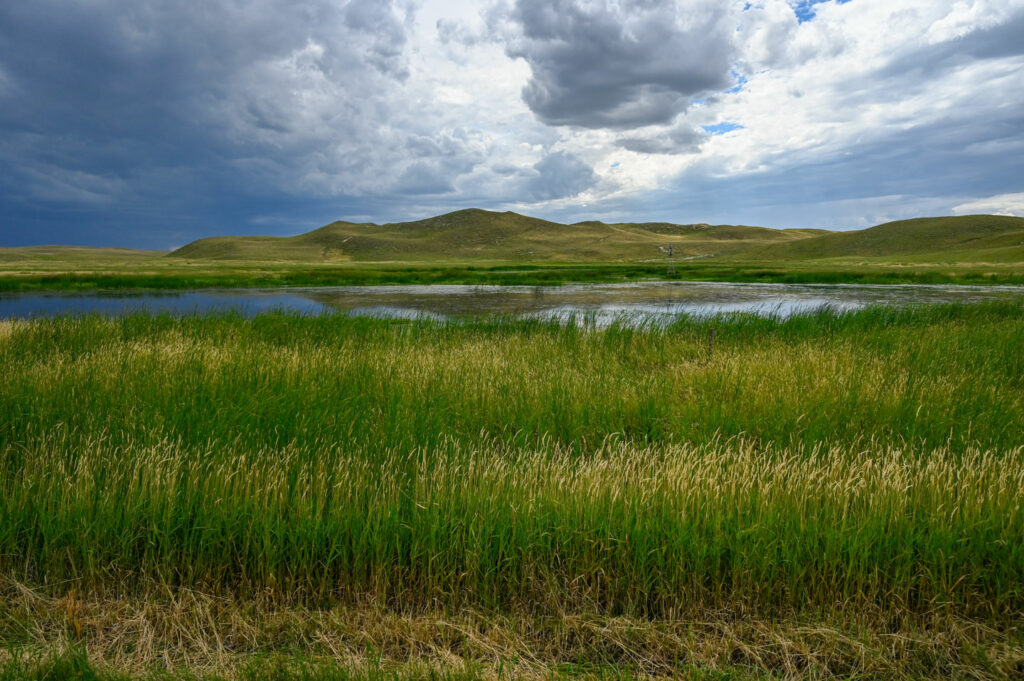
Sandhills wetlands
In Nebraska, sandhills wetlands have formed where sandy soils are dominant — in the Sandhills region of Nebraska, along the Loup and Platte river sandhills, and along the Elkhorn and Niobrara rivers. These wetlands play an extremely valuable role to migratory waterfowl and Blanding’s turtles, provide important habitat, and — in the Sandhills region — support the ranching economy.
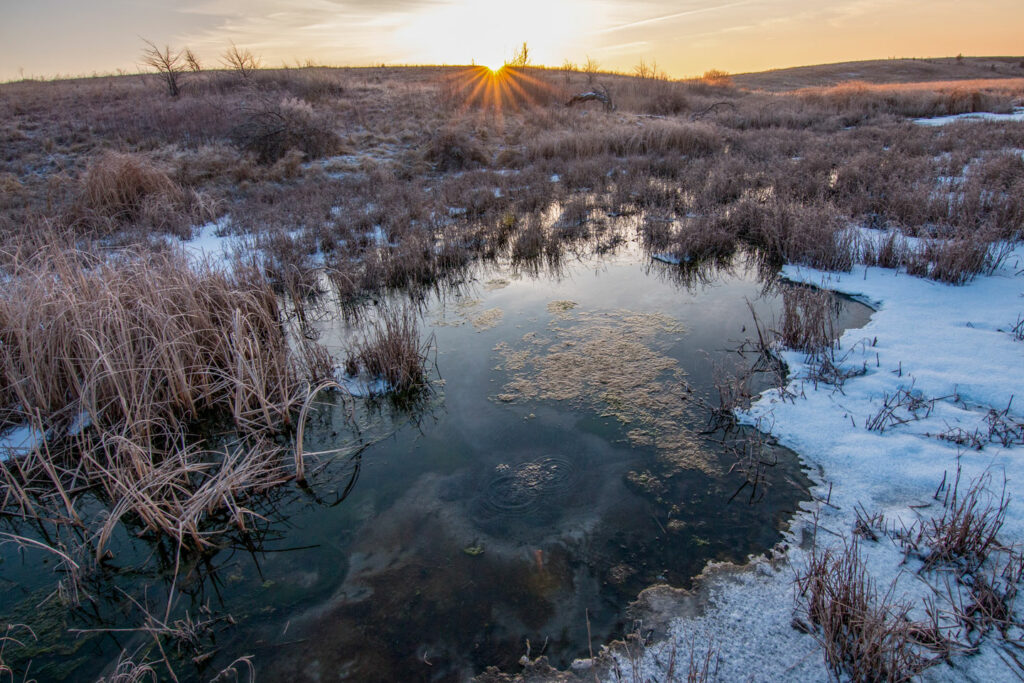
Saline and alkaline wetlands
Across Nebraska, several areas are home to saline or alkaline wetlands — wetlands filled with salty waters tied back to minerals that alter their chemical characteristics. Though similar, these two wetland types are driven by different minerals that alter their pH levels — a level that determines what types of plants, insects or animals can live there. These two wetland types offer very different benefits to wildlife, invertebrates, plants and people.
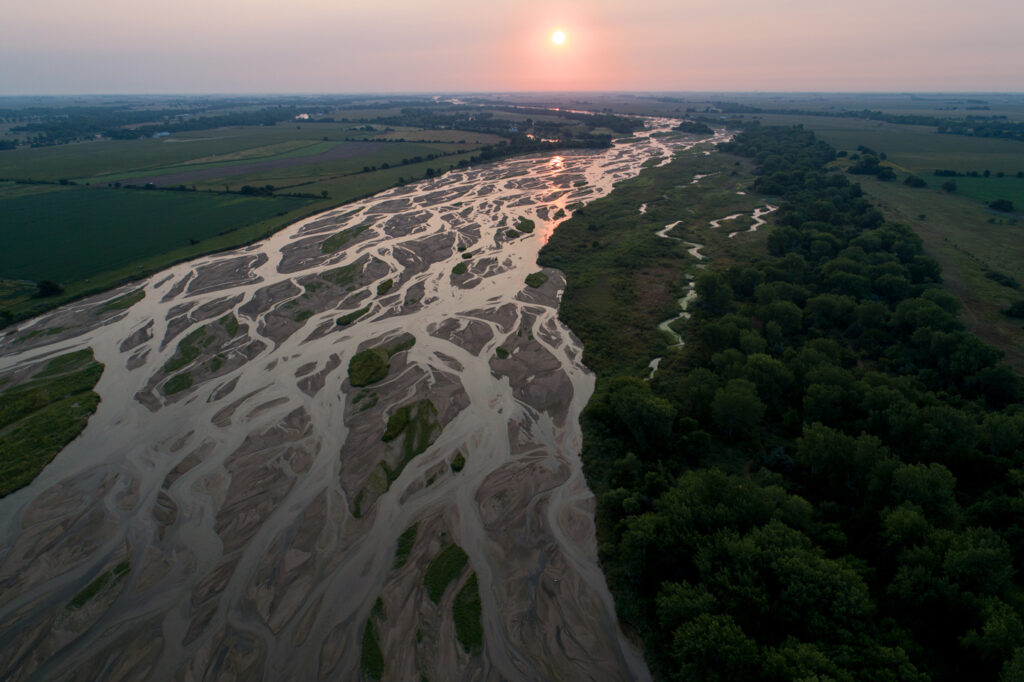
Riverine wetlands
Riverine wetlands are found all across Nebraska — at the edges of rivers and along river floodplains, and they include small streams and creeks. These wetlands produce invertebrates and other organic matter that provide energy and food to other parts of the streams and rivers. They provide spawning and nursery areas for many types of fish, mussels, amphibians and reptiles, and are home to numerous wildlife.
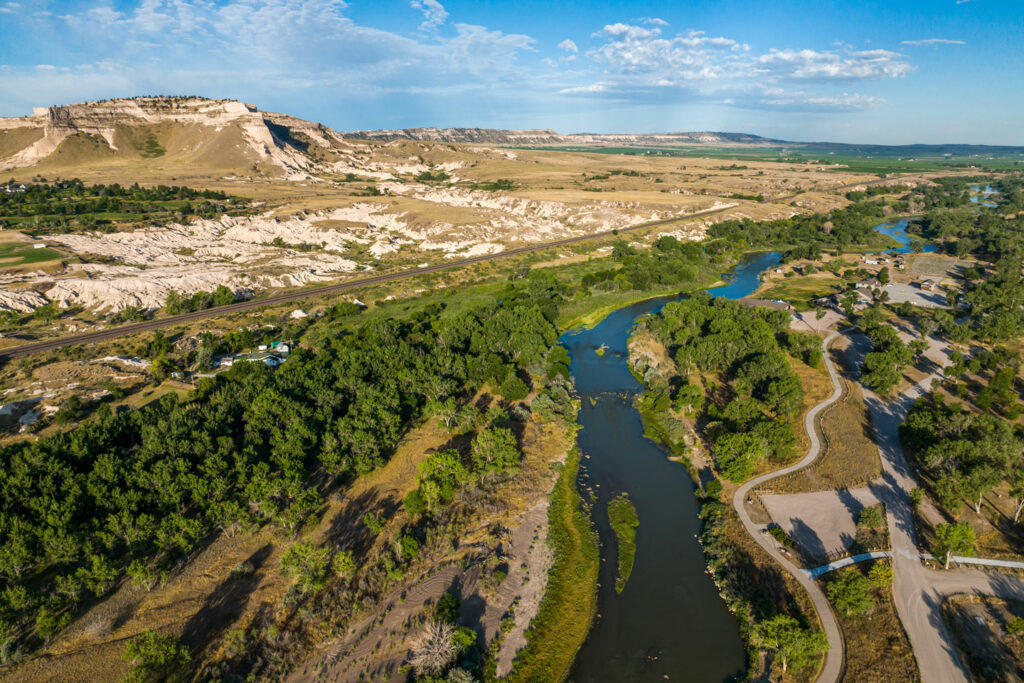
Urban wetlands
Wetlands are everywhere in Nebraska — including in our towns and cities. Urban wetlands provide important benefits to the communities, to the people living there and to the animals and plants of our state. Urban wetlands can be of a variety of types, including marshes, stream edges, wooded floodplains, or constructed ponds and reservoirs. They are hotspots for wildlife and human activity alike.


